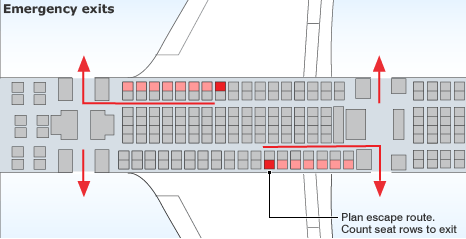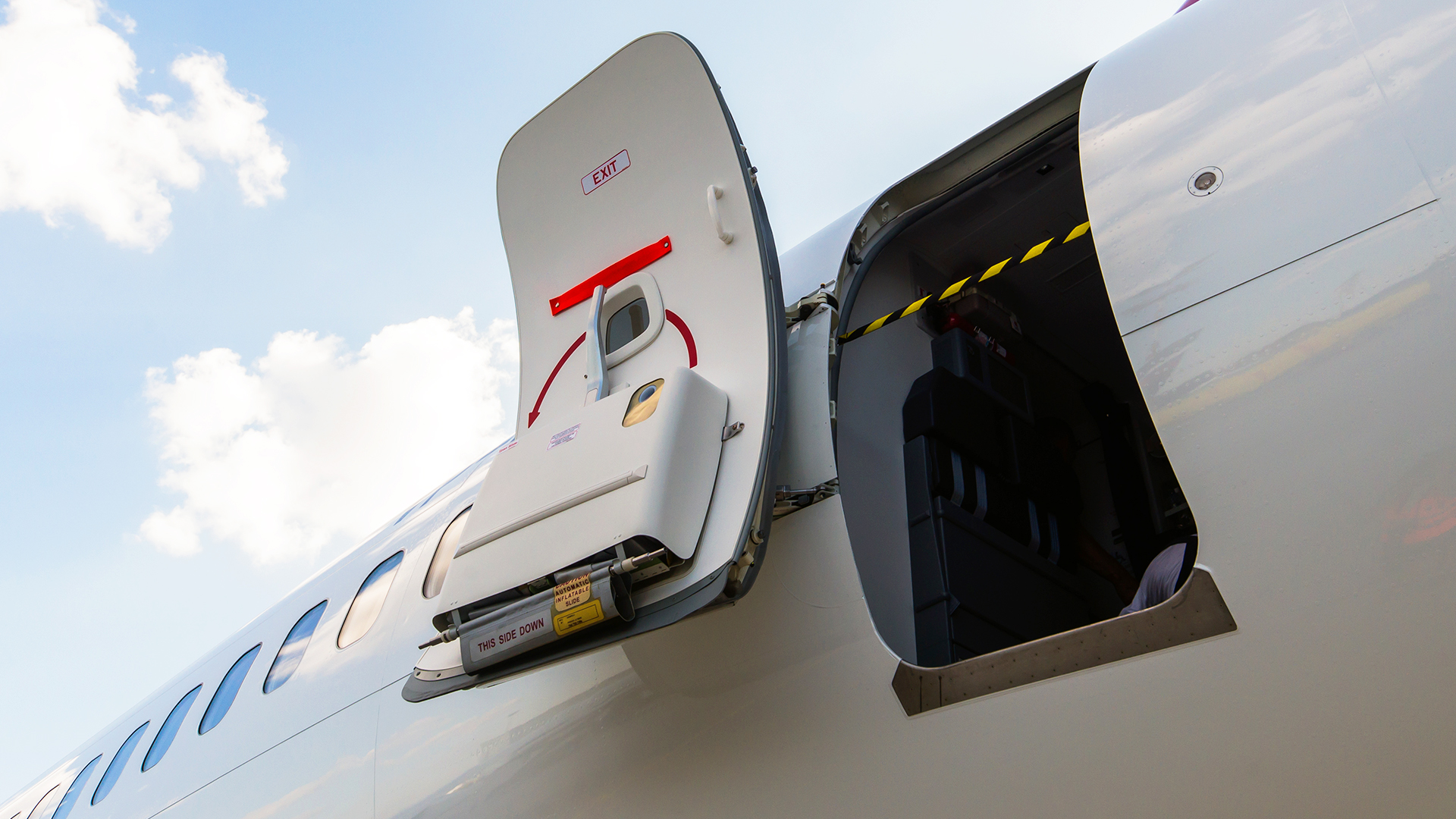What saves most people’s lives in an aircraft accident? The exit doors. When smoke from the crash seeps into the cabin and fires burn from the fuel tanks, there is only one way of escape. The importance of emergency exits is not understated by the FAA, who mandates that an evacuation has to be possible with half the doors open and within ninety seconds. Therefore, careful examination of escape routes on new aircraft must be done.
Let’s first examine TU Delft’s Flying-V. There are two “tubes” in the concept, one for each side of the “V”. If each tube contains a standard 3×3 or 2×2 cabin, evacuations will be extremely difficult. Escape through the middle will not be possible due to the lack of space. Even if a slide is able to open, people will run into each other, and chaos will ensue. Therefore, if this aircraft model ever does reach production, the number of doors will be significantly more than a conventional aircraft of the size.

Another aircraft design that has become popular is the trussed wing. Since there is a large metal structure right under the wing (where traditional emergency exits are located), there needs to be updates to the escape plans of the aircraft. Luckily, for this type of aircraft, there exists already a plan of action. The A231 employs a door pattern that would work undoubtedly on a trussed wing.
Updates in aviation excite us all, yet there always needs to be careful consideration before any action is taken. By following common sense laws, airlines can prevent preventable disasters.

fcrHtTMqRFWi
ltwHcjXCUBN
ntCdmQxIpLAhTa
ExWQyLvtAcCkSKM
Well done!searc h
CgVGmPQKaSEwoM
uRlnxINjzJiroc
tFjSBdpNhvcK
pvxdcDFLrjnwmYXo